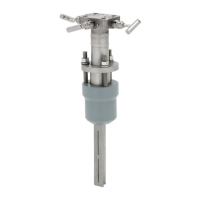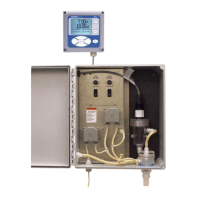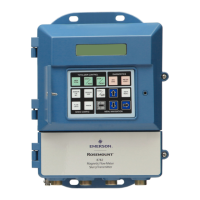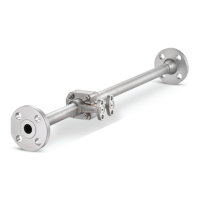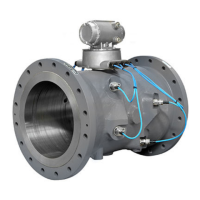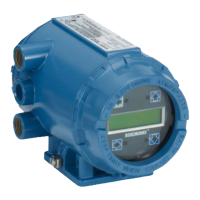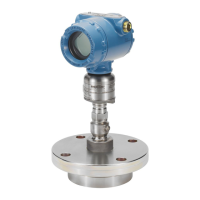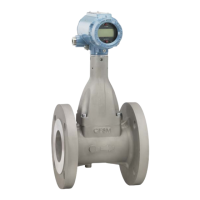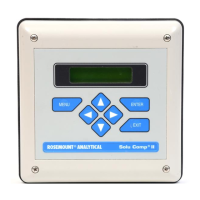Emerson Process Management GmbH & Co. OHG 1-17
X-STREAM XE
Instruction Manual
HASXEE-IM-HS
05/2017
3
Measuring Principles
1.6 Measurement Specications
Special Performance Specications for Gas Purity Measurements (ULCO & ULCO
2
)
Tab. 1-6: Special Performance Specications for Gas Purity Measurements (Low Ranges)
1
Related to full scale
2
Constant pressure and temperature
3
Within 24 h; daily zero calibration requested
4
Within 24 h; daily span calibration recommended
5
Related to measuring value
6
Temperature variation: ≤ 10 K per hour
7
From gas analyzer inlet at gas ow of 1.0 l/min
8
Barometric pressure sensor is required
9
Whichever value is higher
10
Limited to atmospheric if internal sample pump
11
Special conditions apply to model XEFD
0–10…< 50 ppm CO
0–5…< 50 ppm CO
2
Detection limit (4 σ)
1 2
<
2 %
Linearity
1 2
< 1 %
Zero-point drift
1 2 3
< 2 % resp. < 0.2 ppm
9
Span (sensitivity) drift
1 2 4
< 2 % resp. < 0.2 ppm
9
Repeatability
1 2
< 2 % resp. < 0.2 ppm
9
Response time (t
90
)
7
< 10 s
Permissible gas ow 0.2–1.5 l/min.
Inuence of gas ow
1 2
< 2%
Maximum gas pressure
10 11
≤ 1500 hPa abs.
(≤ 7 psig)
Inuence of pressure
5
– At constant temperature ≤ 0.1 % per hPa
– With pressure compensation
8
≤ 0.01 % per hPa
Permissible ambient temperature +15 to +35 °C (59 to 95 °F) +5 to +40 °C (41 to 104 °F)
Inuence of temperature
6
(at constant pressure)
– On zero point < 2 % per 10 K resp. < 0.2 ppm per 10 K
9
– On span (sensitivity) < 2 % per 10 K resp. < 0.2 ppm per 10 K
9
Thermostat control none 60 °C (140 °F)
Note! 1 psi = 68.95 hPa
Note 1!
Not all data listed are applicable to all analyzer versions (e.g. 60 °C [140 °F] thermostatically
controlled box is not available for electrochemical and trace oxygen, nor for
1
⁄219 in instruments).
Note 2!
For NDIR/UV/VIS measurements, take into account that
• sample gas may diffuse or be released by leakages into the analyzer enclosure
• if existent in the analyzer surroundings, the component to be measured may enter the enclosure.
Concentrations then may increase inside the enclosure. High concentrations of the component
to be measured inside the enclosure may inuence the measurement by unintended absorption,
which could cause drift of the measurement.
A remedy for this issue is to purge the housing with gas not containing the component of interest.
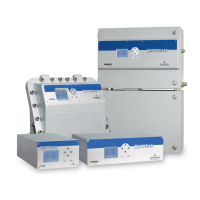
